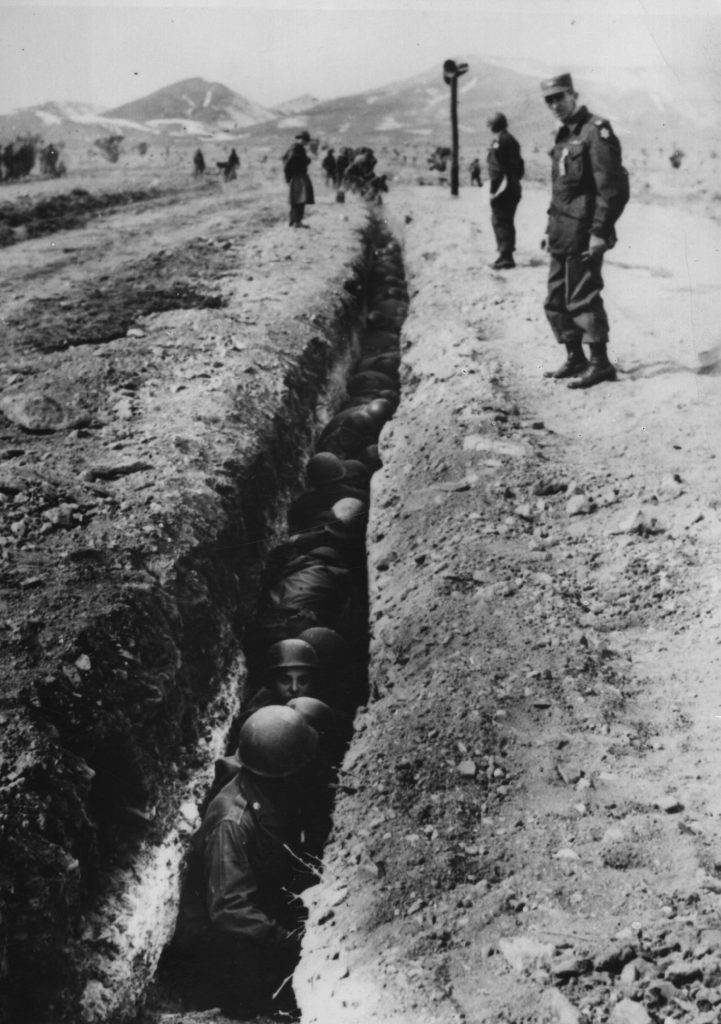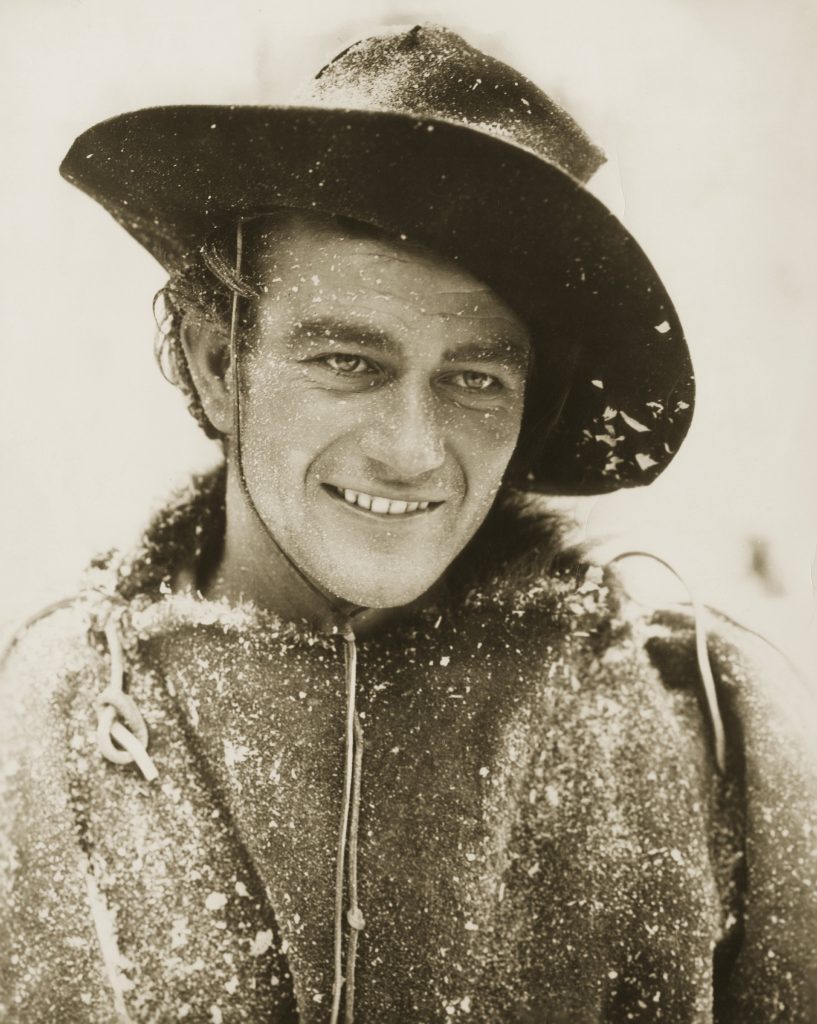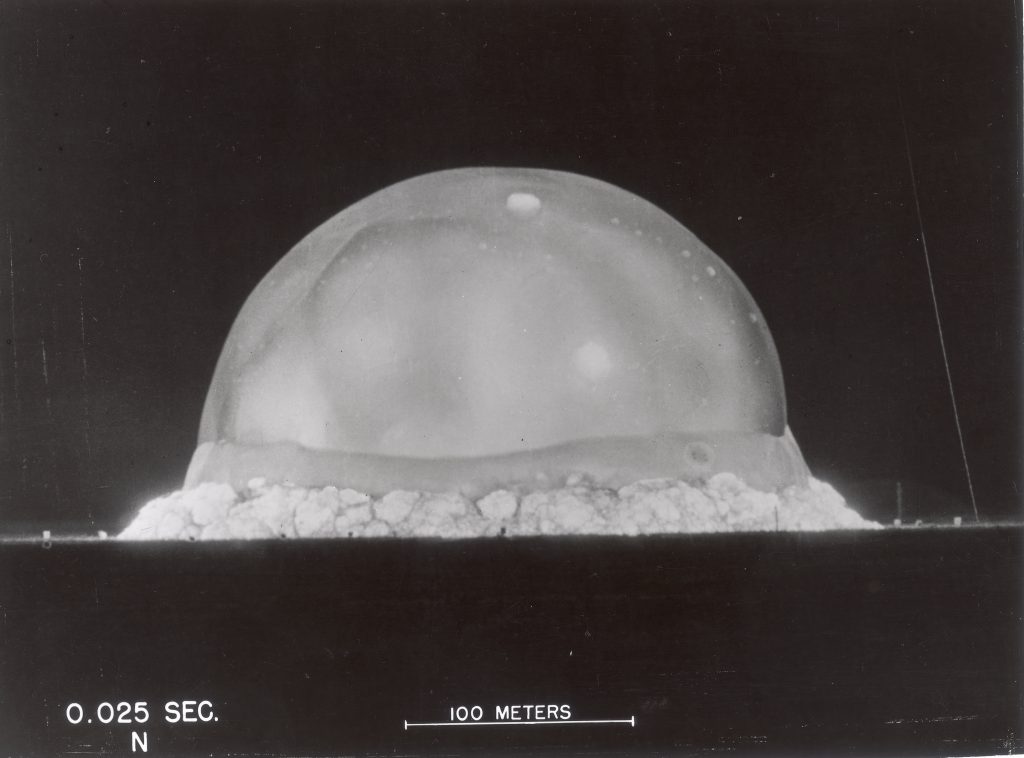Potential Health Effects from Nuclear Fallout
- A new documentary, The Conqueror: Hollywood Fallout tells the story of the mysterious health issues and deaths surrounding the 1956 film The Conqueror and its crew members, who worked on a film site outside of St. George, Utah near The Nevada Site, a nuclear testing site.
- 91 out of 220 crew members reportedly got cancer, with 46 people dying from the disease. Late screen icon John Wayne, the film’s star, died at 72 from cancer complications due to stomach cancer later in life, but had also been diagnosed with lung cancer in 1964, which the Western film star, an avid smoker, beat the following year.
- While the data can be alarming, these cases are unfortunately impossible to prove, as stated by principal investigator Dr. Steve Simon on the 2020 NCI study on radiation exposure. “We cannot determine the cause of cancer in any individual without information about their actual true dose, which is unknowable, but also about other factors related to cancer risk,” he said.
- Still, the U.S. Department of Justice’s Radiation Exposure Compensation Act is acknowledging these claims, saying that people who “lived downward of the Nevada Test Site (“Downwinders”) may be eligible for one-time, lump sum compensation of $50,000,” but the due date of June 10, 2024 has since passed.
- If you believe you have been exposed to potential cancer-causing dangers, the best thing you can do (along with continuing to use your voice to be heard), is to monitor your body for symptoms and keep your doctor informed about your health history. Catching a cancer diagnosis in its early stages is most optimal for your prognosis.
While the data can be alarming and interesting, these cases are unfortunately extremely hard to prove with any certainty.
Read More
For years, the Atomic Energy Commission (AEC) insisted there was nothing to worry about and when the sheep in the area began dying mysteriously, the government, according to The Hill, blamed it on the ranchers’ negligence.
After the Howard Hughes-produced film was shot, many people started noticing a high rate of cancer within that crew.

91 out of 220 of them reportedly got cancer, with 46 people dying from it. Wayne died from cancer complications after getting stomach cancer later in life, but was also diagnosed with lung cancer in 1964, which the Western film star, an avid smoker, beat the following year.

Director Dick Powell and Wayne’s co-stars Susan Hayward and Agnes Moorehead all died from cancer as well. Pedro Armendáriz Sr., died by suicide after his cancer became terminal.
It is also important to note that a number of other residents not associated with the film, including young children, developed cancer during the same time period.
The film is said to show varying perspectives from people like Wayne and Hayward’s sons, and include a bit about the Defense Department’s worry, that they may have “killed John Wayne.”
Nunez told The Hill he hopes to create buzz just like the film Oppenheimer, this year’s Academy Award winner for Best Picture, a biopic about the physicist who helped create the atomic bomb.
Downwinders and the Radioactive West
Similarly, in Downwinders and the Radioactive West, an award-winning documentary by producer John Howe, he set out to make a film about “the fallout of nuclear testing that resulted in a decades-long debate over cancer rates, the steep cost of patriotism, and the responsibility of a nation to protect its citizens.”
Within this documentary, the town of St. George and what potentially happened to its inhabitants in the 1950s was covered.
The “epitome of small town America” and “a good place to raise a family,” as described by PBS Utah, suddenly the medical issues began.
“The first signs of trouble came from the sheep.” Ranchers noticed bleeding lips, burns, hide that easily “sloughed off with a touch.”
Baby lambs were born with birth defects and died. The Atomic Energy Commission denied the accusations from ranchers suggesting that it was from nuclear testing. The ranchers even took the federal government to court, stating they lost over 4,000 animals.
The ranchers did not win. Cancer clusters developed, with sudden cases of cancer among friends, relatives, and kids, turning up in the area.
The Trinity Test and the NCI’s Study
In the mid to late 1940s, the same thing was going on in another area of the west – in New Mexico after the Trinity Test, which was the first test of an atomic weapon in 1945.
Back in August 2020, US Rep. Ben Ray Luján said, “If you listen to the stories of downwinders, it’s clear that the Trinity Test unleashed a lifetime of illness and suffering for many New Mexico families.”
U.S. Rep. Ben Ray Luján, a sponsor of the legislation, organized a meeting in August with lawmakers, former miners, survivor groups from New Mexico, Idaho and Guam and others.
“If you listen to the stories of downwinders, it’s clear that the Trinity Test unleashed a lifetime of illness and suffering for many New Mexico families,” Luján said Tuesday.

Finally, in 2020, the National Cancer Institute carried out a study to “estimate the range of possible radiation-related cancer cases” in New Mexico potentially related to the test.
Principal investigator on the NCI study, Dr. Steve Simon, went over their findings on September 1, 2020, via video to the public, which can be viewed here.
Dr. Simon states:
“We cannot determine the cause of cancer in any individual without information about their actual true dose, which is unknowable, but also about other factors related to cancer risk.”
However, bringing some form of justice to light, under the Radiation Exposure Compensation Act, those who “lived downward of the Nevada Test Site (“Downwinders”) may be eligible for one-time, lump sum compensation of $50,000,” the U.S. Department of Justice site states. However, claims needed to be postmarked before June 10, 2024 to be considered.
The Importance of Being Your Own Advocate
If you believe you have been exposed to potential cancer-causing environmental dangers, the best thing you can do is to continue monitoring your body for symptoms and always stay up on your health checks. Catching a cancer diagnosis in its early stages is most optimal for your prognosis.
Learn more about SurvivorNet's rigorous medical review process.

